It has been hundreds of years since the Mughal sunset in the heart of India. The once mighty Mughals are no longer alive in India. The huge empires of the world famous emperors Babur, Humayun, Shah Jahan, Aurangzeb and Akbar have vanished in the evolution of time. However, despite the loss of the emperor, empire and power of that day, the impression of the Mughals was not completely lost from India. Let's talk about Delhi, the capital city of India. The famous Red Fort, Delhi Jame Mosque, Jafar Mahal, Humayun's Tomb, Khan-i-Khan's Tomb, Fatehpur Mosque and hundreds of other architectural styles have been proudly representing the lost Mughal Empire.
Delhi Jame Mosque
Masjid-i-Jahan Numa, better known as Delhi Jame Mosque, is located in the Old Delhi part of the Indian capital. The word Masjid-i-Jahan Numa means ‘the mosque that reflects the world’. The huge mosque is a reflection of our world. And in the midst of this vast world, human beings have survived with very small existence. The Delhi Jame Mosque has stood as a symbol of the ideology of Indian Muslims for centuries.

Apart from its religious significance, it is also one of the major attractions of Delhi tourism. The mosque, which stands proudly in the heart of densely populated Delhi, is located opposite the Red Fort next to Chandni Chowk. It is good to know that this red fort, a symbol of Indian sovereignty, was also built under the direction of Emperor Shah Jahan. The Badshahi Mosque in Lahore, Pakistan was built on the orders of Emperor Aurangzeb in imitation of the architectural style of the Delhi Jame Mosque.

Construction of Jame Mosque
The mosque was built after working day and night with the help of about 5,000 artisans. The construction of this mosque was inaugurated by Shahjahan himself. Shahjahan's Prime Minister Sadullah Khan was in charge of supervising the mosque work. Wages were low in medieval India. As of present India, that amount will be around Rs 10 lakh.

This historic mosque was inaugurated on the day of Eid-ul-Fitr on July 23, 1656 by performing Eid prayers. . Bukhara was an important city of Islamic learning at that time. Imam Abdul Gafur Shah of Bukhara responded to the invitation of the Bukhari emperor and reached Delhi after covering a distance of about 1,607 km. Imam Abdul Gafoor was the first Imam of the Delhi Jame Mosque. The current Imam of the mosque, Maulana Syed Ahmed Bukhari, is also his descendant.

Architectural style

The architectural style of the Jama Masjid in Delhi was unique among the hundreds of structures built during the Mughal period. Like the Red Fort, the residence of Emperor Shah Jahan, the mosque was built of red sandstone and white marble. There are 3 aesthetic entrances to the mosque. You will have to cross an average of 35 stairs at the entrance through each entrance, as the mosque is built about 30 feet above the ground. The structure of this mosque is visible from afar due to its construction on high ground.


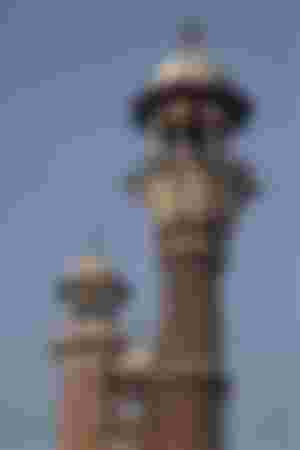
The eastern entrance to the mosque is marked as the royal gate. Because Emperor Shah Jahan used to enter the mosque through this door. The mosque has two minarets with 5 floors and balconies. The average height of the minarets is about 130 feet. To get to the top of the minaret, you have to climb 130 steps. When you climb the minarets, you can enjoy the whole of Delhi at a glance. The floors of the mosque are made of black and white marble. The interior walls of the mosque are adorned with calligraphy, floral designs, Persian inscriptions, Islamic style designs. Inside the mosque are preserved a red hair of Mubarak's beard commemorating the Prophet Muhammad (peace be upon him), footprints on marble stones and the Holy Qur'an inscribed on deer skin.

Delhi Jame Mosque in the pages of history
The Jame Mosque is a witness to many important chapters of history from the Mughal period to the present. A madrasa was attached to the mosque before the Sepoy Mutiny. After the revolt of 1857, the British government confiscated the Jame Mosque. British troops were then deployed there. Sadly, the madrasa was then destroyed. The British government planned to demolish the mosque but it was not carried out due to the protests of the Muslim community.

The repair and renovation work of the mosque started in the last century as the various structures of the Mughal period became dirty and eroded in the evolution of time. In 1948, the Nizam of Hyderabad was asked for a grant of about Rs. 75,000 for the renovation of one-fourth of the mosque. Later, the Nizam donated Rs 3 lakh for the renovation of the entire mosque.

In the grip of a terrorist attack
Just as the Delhi Jame Mosque has a glorious history, its walls also have the black claws of terrorists. In 2006, there were two horrific bomb attacks on the premises of the Delhi Jame Mosque. April 14 of that year was the first Friday after Eid Miladunnabi. That is why more than 1,000 worshipers came to the mosque that day to perform the Friday prayers. The first bomb exploded at the mosque premises at 5:26 pm. 7 minutes later, when the bomb exploded again, panic spread among the worshipers. Thirteen worshipers were injured in the incident. However, the structure of the mosque was not damaged.

In 2010, the Jame Mosque was attacked again. On September 19, two gunmen on a motorcycle opened fire on a tourist bus. Two Taiwanese nationals were injured in the incident. However, even after these incidents, the importance of Delhi Jame Mosque has not diminished. This mosque is still revered as a major tourist attraction. The Delhi Waqf Board is currently in charge of the mosque.
Tourism in the mosque area
In the 21st century, tourists visiting Delhi visit this mosque at least once. As a result, it has become one of the major tourist destinations in Delhi. Devout worshipers from all over the world come to this mosque to offer prayers. Non-Muslims also flock here to witness the remarkable architecture. That is why tourists come to the mosque premises. There are also arrangements for small arrangements like picnics at specific places. The south minaret of the mosque is open to tourists on a fee basis. In the evening, after the Maghrib prayers, the mosque is illuminated. Many people come to the mosque to see this illumination.

Apart from the mosque, tourists also visit several installations within 2 km of its vicinity. Chandni Chowk Bazar, Lal Kella, Fatehpur Mosque, Gauri Shankar Mandir, Stephen's Church, Gurudwara Shishganj Saheb and many other famous places are visited by tourists. The famous India Gate is located just 6 km from the mosque.

The Delhi Jame Mosque is a very important religious site for Muslims not only in India but all over the world. Emperor Shah Jahan's vision was to build this mosque as the heart of Muslims around the world. Devotees from all over India still travel to Delhi to perform the two Eid congregations at the Jami Masjid premises. Its unique history and architecture have made it important to all, regardless of religion. The name of this mosque will be written in gold letters in the pages of history as a unique creation of Emperor Shah Jahan till eternity.
Thanks for reading this article for so long.
If you like it Upvote Can give.
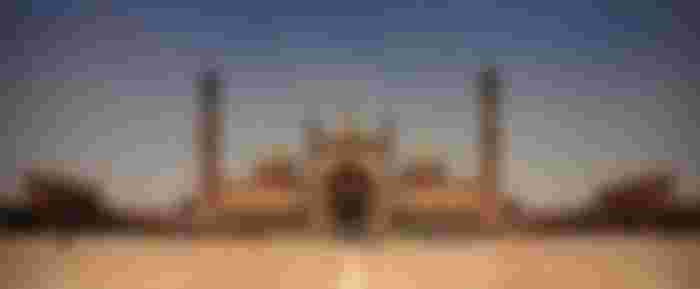
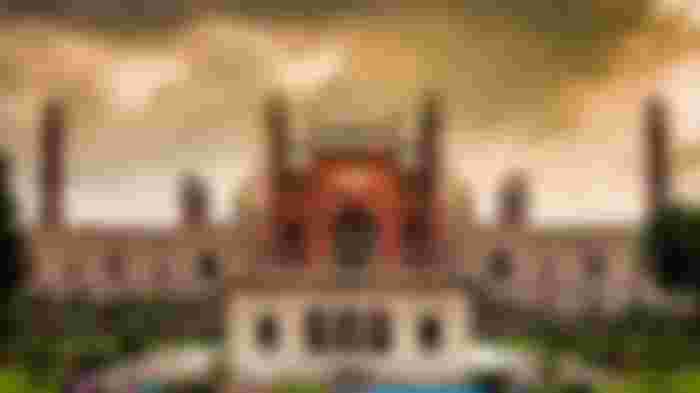



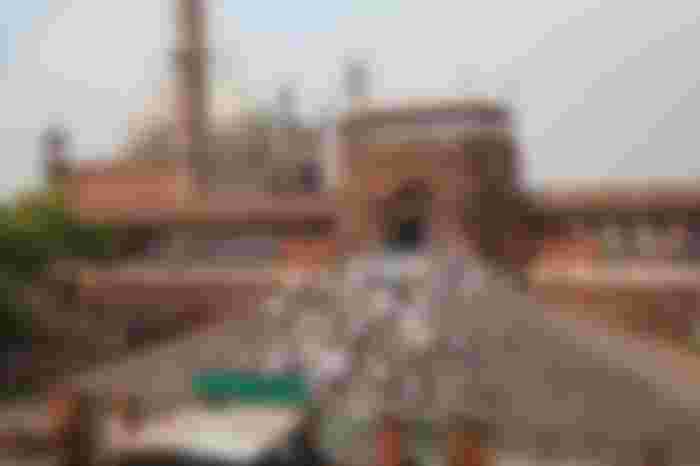

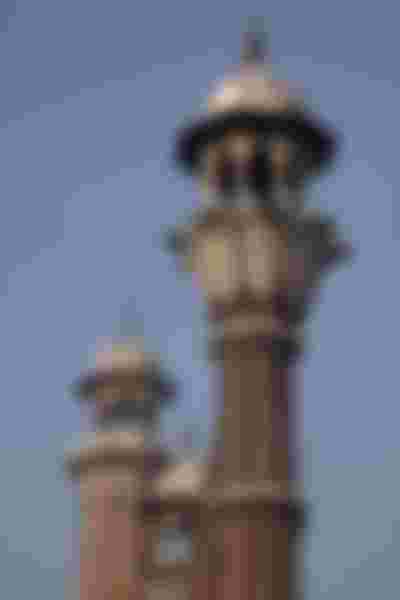
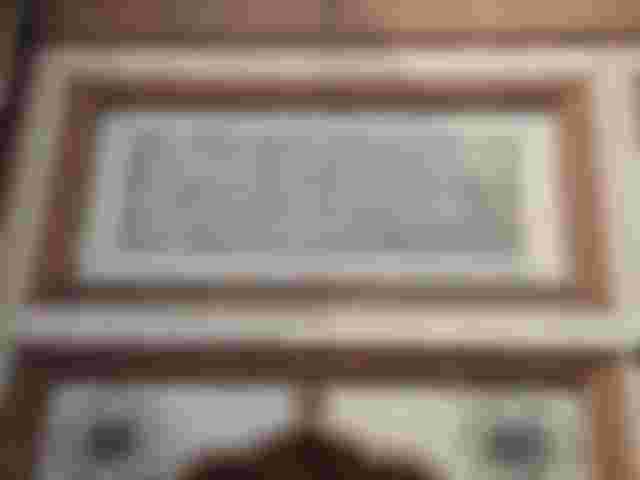



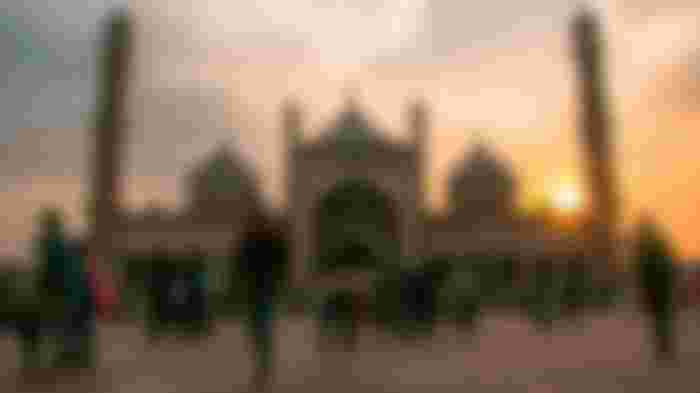
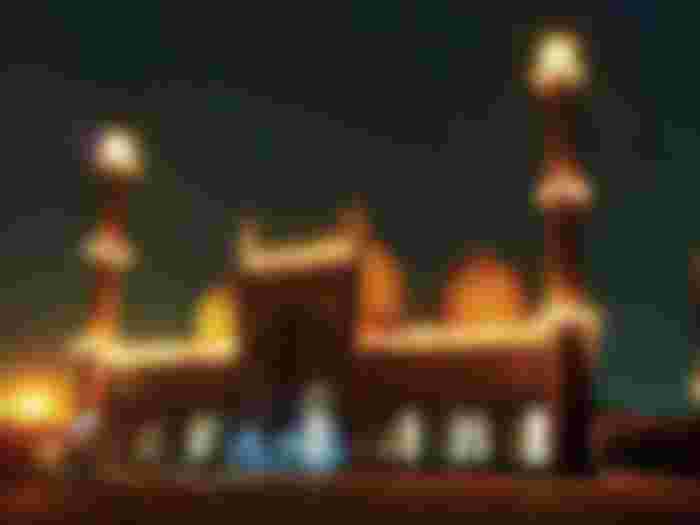
Awesomely brilliant